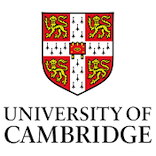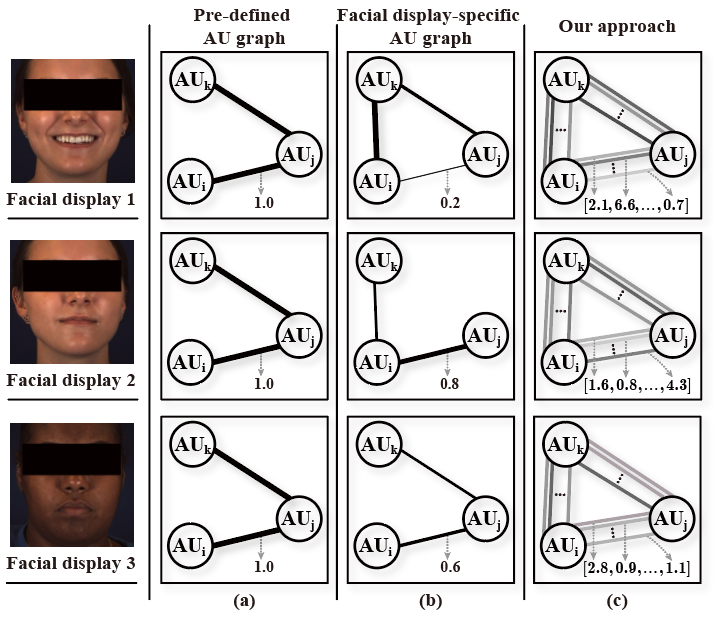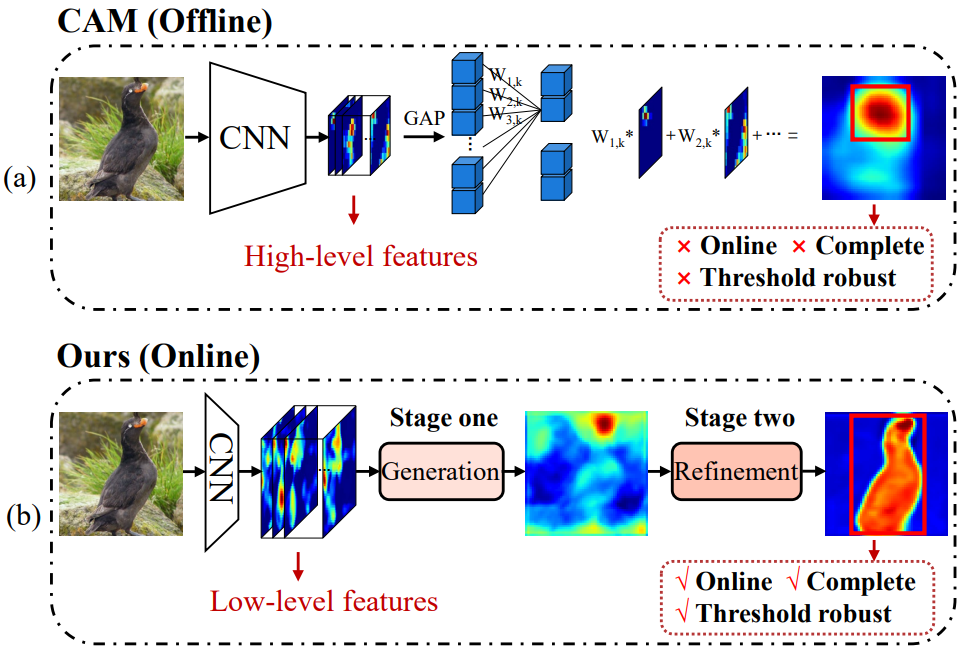Cheng Luo (罗成)
I earned my Master's degree from the College of Computer Science and Software Engineering at Shenzhen University (SZU), under the co-supervision of A/Prof. Weicheng Xie and Prof. Linlin Shen. Prior to that, I completed my Bachelor's degree in Computer Science at Guangzhou University (GZHU) in 2020. My research revolves around Affective AI, Healthcare AI, and their interactions and collaborations with humans.









